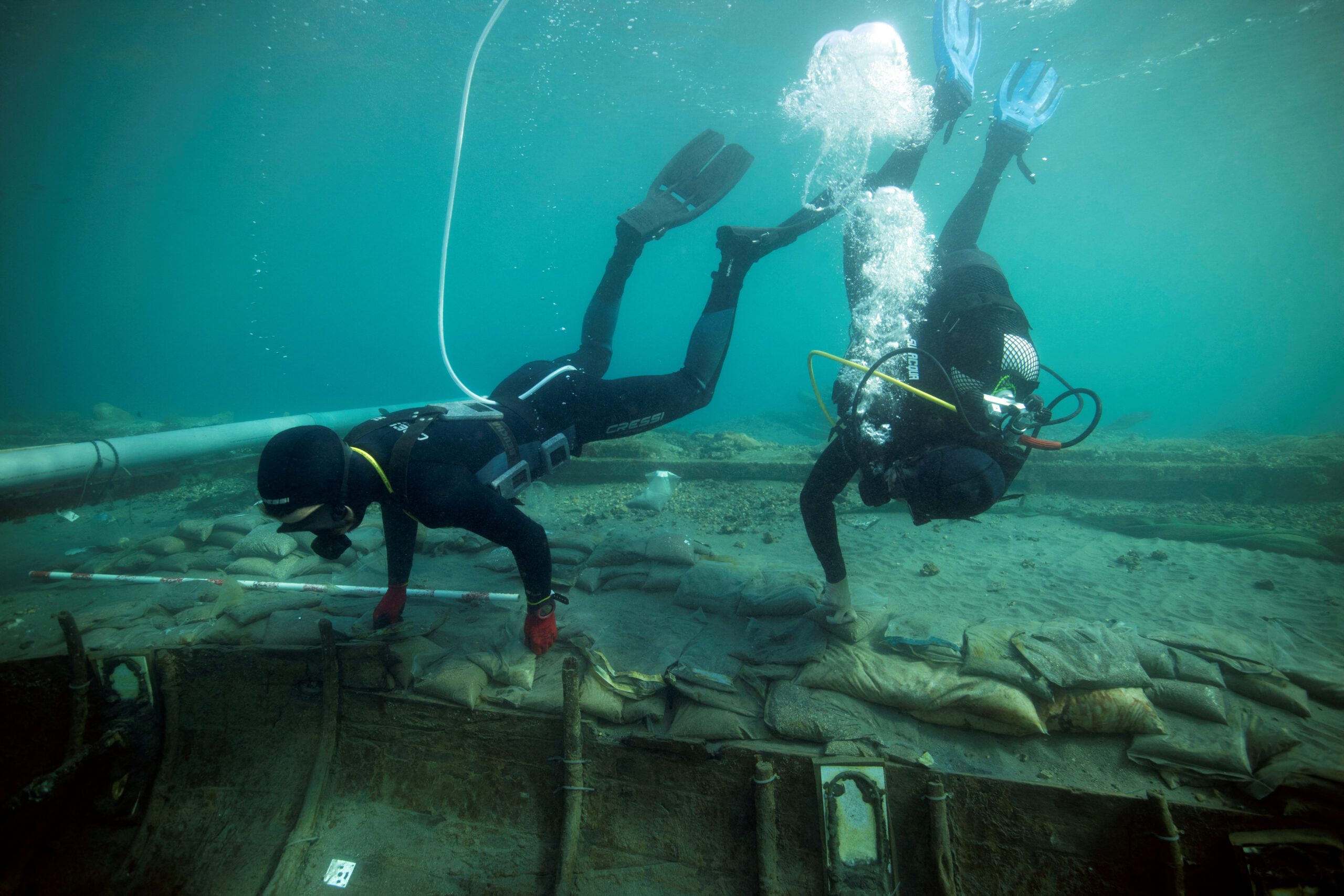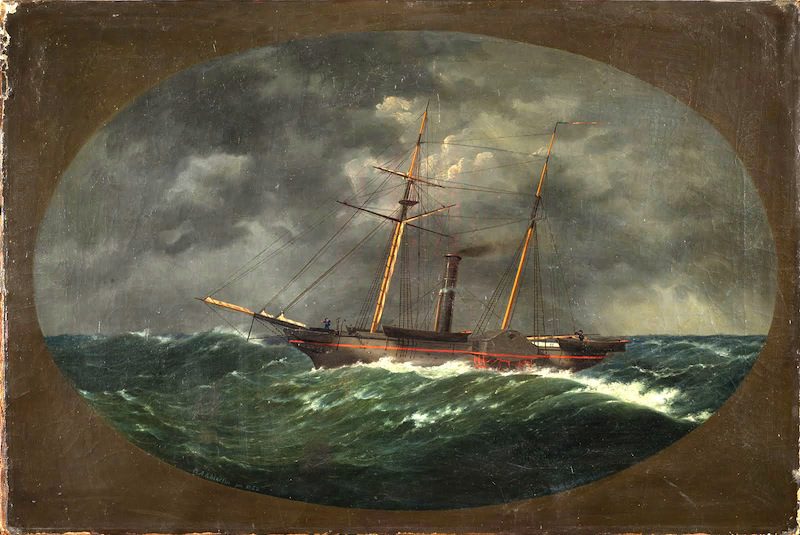MADRID, (Reuters) – A group of Spanish archaeologists have made detailed diagrams of a 2,500-year-old Phoenician shipwreck to help work out how best to recover it from the sea before a storm destroys it forever.
The eight-meter-long Mazarron II, named after the municipality in the southeastern Spanish region of Murcia where it was found off the coast, is a unique piece of ancient maritime engineering.
Nine technicians from the University of Valencia underwent 560 hours of scuba diving over more than two weeks in June to record all the cracks and fissures in the ship, which lies 60 meters (66 yards) from the Mazarron’s Playa de la Isla.
Later this year, the experts will recommend how to protect and retrieve the wreck, possibly as early as next summer.
It could be extracted piece by piece using the existing cracks and reassembled out of the water like a puzzle, said archaeologist Carlos de Juan from the University of Valencia-Institute of Nautical Archaeology, who coordinated the project.
“It is more reasonable to rescue the ship, treat it and exhibit it in a museum for people to enjoy it, rather than worrying every time a big storm arrives,” he told Reuters.
The Phoenicians, from coastal areas of present-day Lebanon and Syria, established colonies and trading posts throughout the Mediterranean from 1,500 BC to 300 BC.
Historians have used the Mazarron II, probably made around 580 BC, to document how they shipped metals such as lead from the Iberian Peninsula.
After it sank, it remained buried in sediment for more than two millennia until changes in sea currents due to construction on the shore unearthed it almost 30 years ago.
It now lies under about 1.7 meters (5.6 ft) of crystal-clear Mediterranean water, surrounded by sandbags and a metal structure built for protection. The structure is sinking into the sand at a faster pace than the wreck and threatened to crush it, so has had to be partially removed.
(Reporting by Emma Pinedo, editing by Inti Landauro and Philippa Fletcher)
(c) Copyright Thomson Reuters 2023.

 Join The Club
Join The Club












